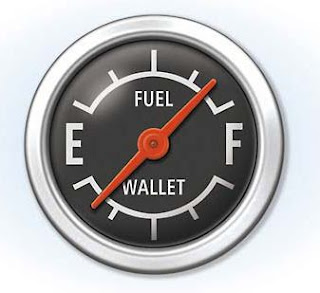Out of all the rooms in the New Norris House, the kitchen gets the most use. The majority of our meals are eaten at home, so when it’s time for breakfast, lunch, dinner, or a snack we head to the kitchen. Every day we use the cabinets, cooktop, counter, sink, and fridge—and have the added bonus of the view from the window on each visit. I love the design and layout of the kitchen, and know I’ll miss it when our time here is up.
 |
| fridge and freezer are on bottom right |
The appliances in the kitchen as it was designed are an undercounter refrigerator and freezer, and a cooktop and oven. These serve basic food storage and preparation needs. Two appliances that are often considered essential in kitchens today are a dishwasher or microwave—we have neither, which means less energy use. But, there are times that the immediate conveniences offered by a dishwasher and microwave are missed. Washing dishes by hand and reheating leftovers on the cooktop both take more time and some planning.
 |
| making chicken with herb-roasted carrots and potatoes for dinner |
The undercounter refrigerator and freezer not only fit the design scheme of the kitchen, but also use less energy than full size models. Previously, we had a full size refrigerator with a bottom freezer—another convenience. For two people, a full size fridge is more than adequate, but we were skeptical about how we’d be able to fit groceries in a much smaller space. It turns out that we’re able to store a week’s worth of food along with the essentials that are always in the fridge (salad dressing, mustard, jam, etc.). We discovered that removing the bottom wired shelf allows half gallon cartons to stand up, and also frees up access to a built-in shelf in the back which provides more storage space.
 |
| a peek inside the fridge |
The only problem we’ve experienced with the fridge is moisture build up on lettuce/spinach leaves. After a day or two, the leaves have so much moisture on them that they turn soggy and limp. We’ve tried adjusting the temperature, different storage containers, and different storage methods, but haven’t found a solution yet (any ideas to try are welcome!).
It’s time for lunch, so I’m off to the kitchen!











